
The new Hyundai Kona has just seen the light through its first official images. The popular Korean SUV is now 15 centimeters longer (it measures 4,355 millimeters in total), so it leaves segment B (utility) to fully enter segment C (compact). On paper, its greater length should provide better habitability.
Even though it is a new generation, the renewed Kona has a lot in common with the previous model. Like that one, it is available in thermal, hybrid, and electric versions. Contrary to what usually happens in multi-energy vehicles, in this case, Hyundai first designed the zero-emission variant, from which it developed the internal combustion engine options.
Aesthetically, the new Hyundai Kona displays the design language already seen in the Grandeur and Staria, which is characterized by a clean front featuring the “Seamless Horizon Lamp” lighting signature, which crosses the nose of the car from side to side. The main headlight module is integrated into the wheel arches.
In the cabin, the influence of models such as the IONIQ 5 is evident, since it has a dashboard made up of two displays: the digital instrumentation and the touch screen of the infotainment system, both 12.3 inches. Although the gear selector is now located on the steering column, some physical controls are still on the center console.
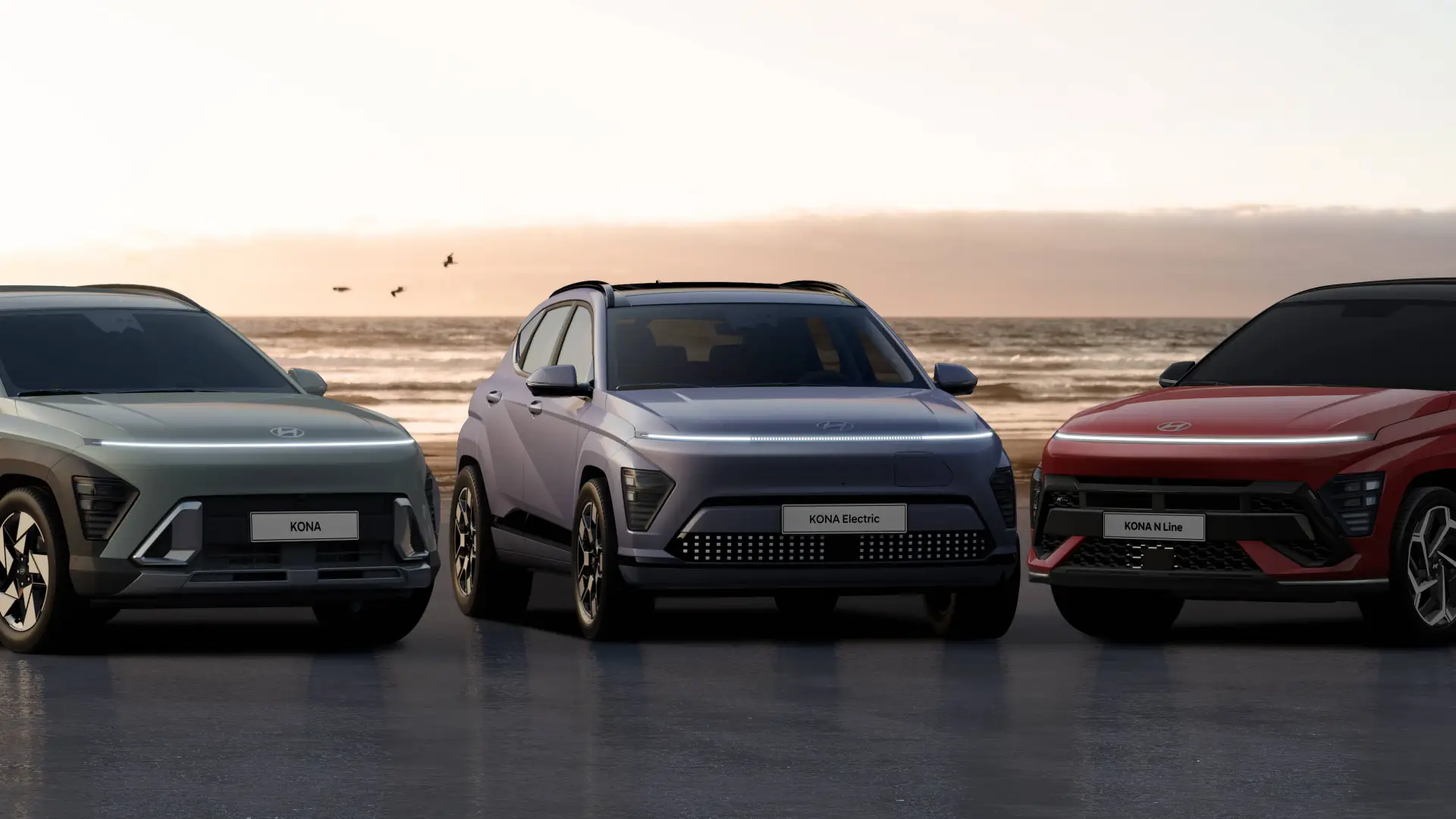
The Hyundai Kona Electric is the brother of the KIA e-Niro
Although its technical specifications have not yet been revealed, it will likely share a powertrain with the KIA e-Niro. Therefore, we can expect it to equip a 204 hp (150 kW) and 255 Nm motor coupled to the front axle. This should allow you to complete 0-100 km/h in less than 8 seconds.
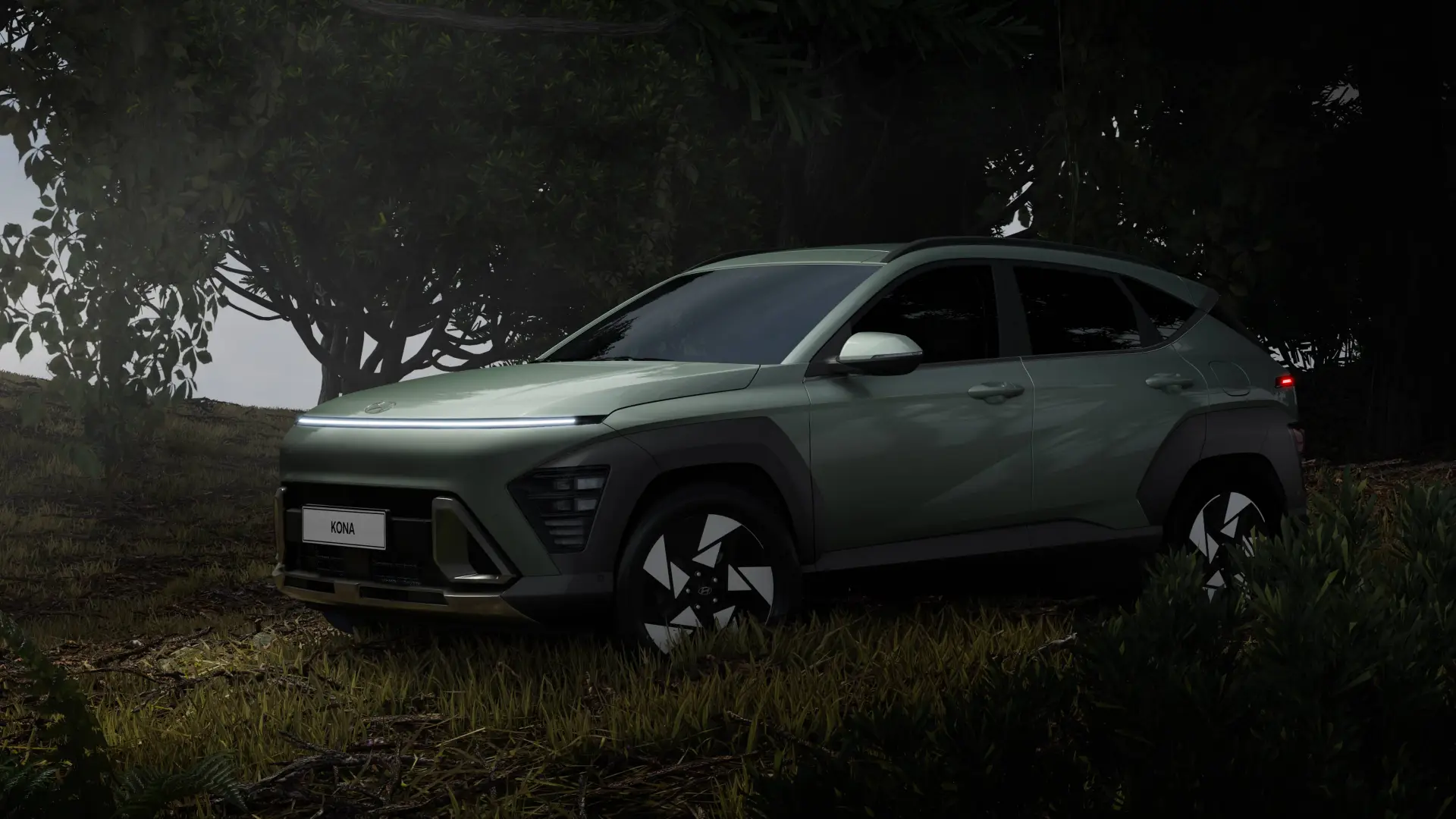
The battery pack for its part could have 64.8 kWh capacity, a minimal improvement compared to the current 64 kWh. Since the first generation, Kona Electric certifies 484 km WLTP of range, the second generation could be close to 500 km WLTP, an outstanding figure for a vehicle of its size.

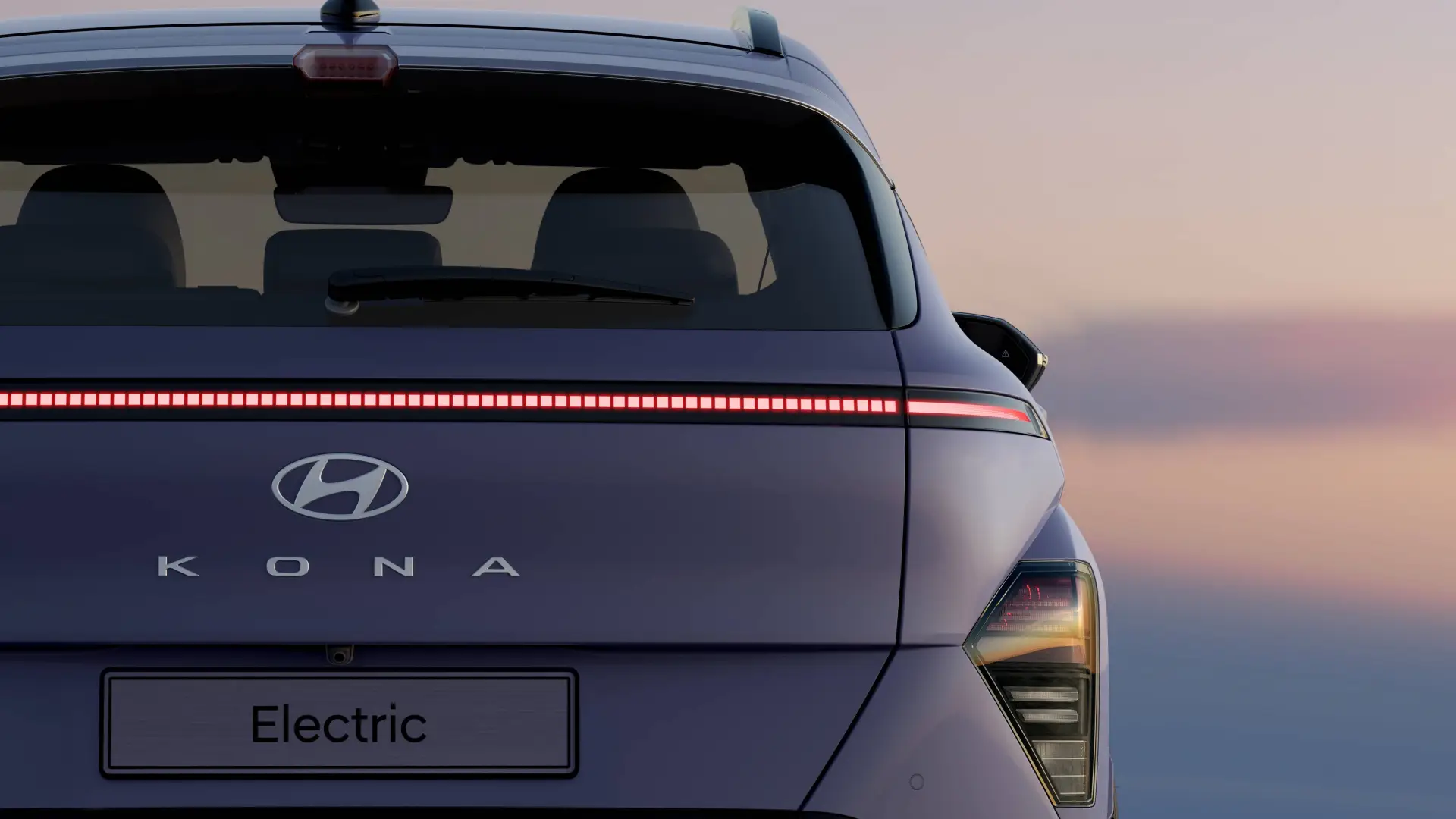
As for the charge, it will most likely take approximately 43 minutes to go from 10 to 80% connected to a DC station of sufficient power. One of the most interesting innovations will be its ability to supply electrical power (up to 3 kW) to external equipment.
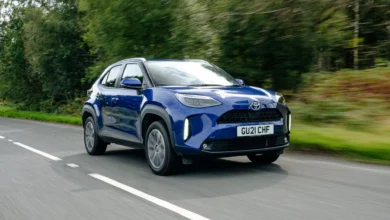
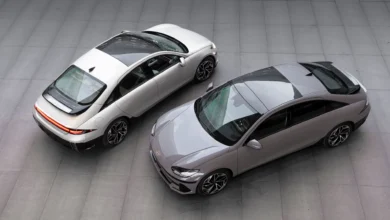

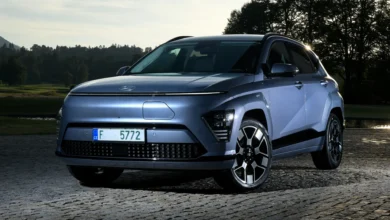
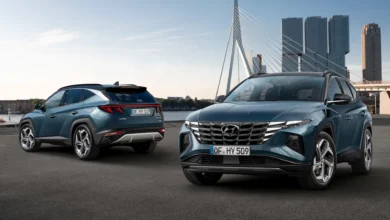
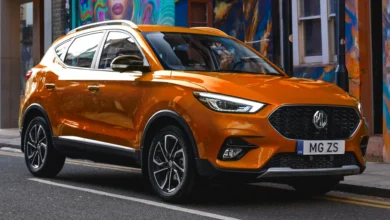
Fantastic motor, we’ll done, a credit to all your staff. Best regards martyn.